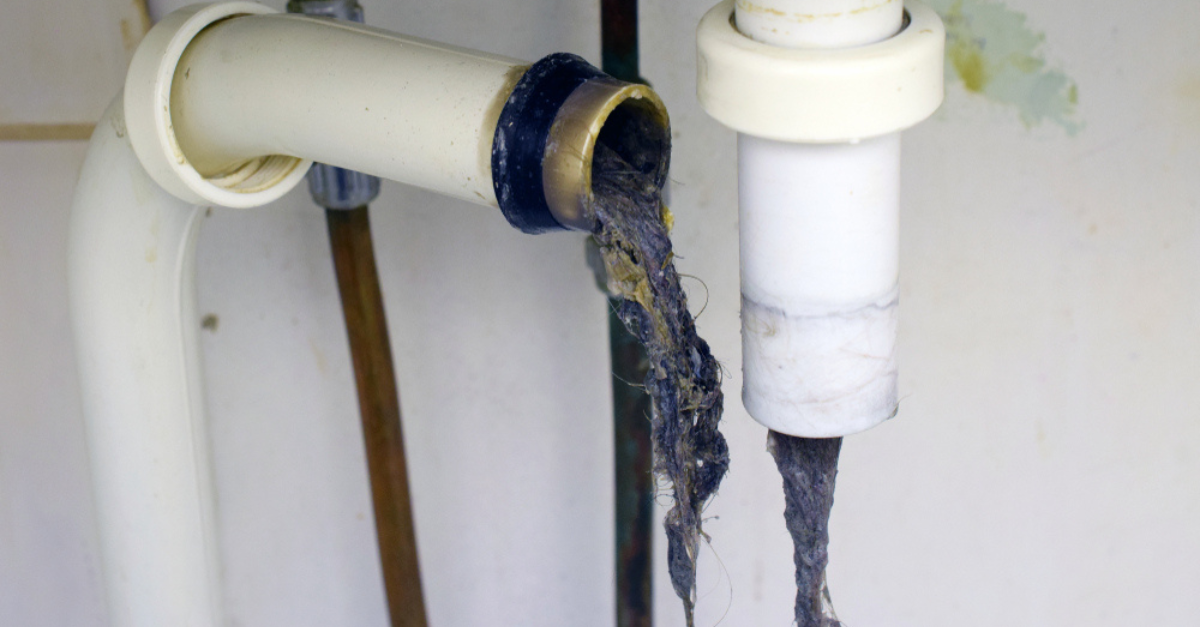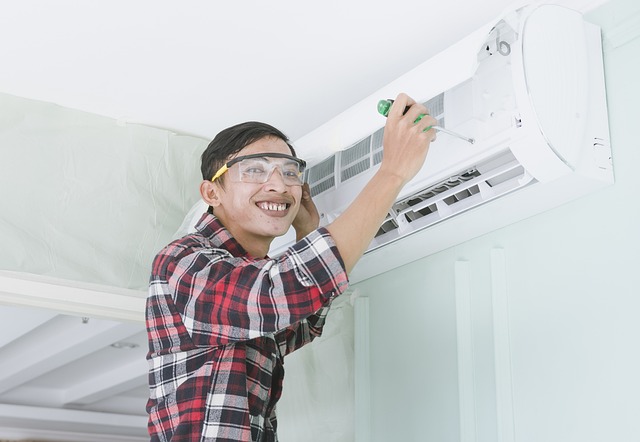Is your roof ready to withstand any onslaught of nature? Find out how to strengthen it quickly and reliably!
Thinking if your roof is ready for weather surprises? If past storms made you wonder, now you can explore how to make it truly resilient. Discover effective solutions so your roof reliably protects you and your home from severe natural phenomena and more

What Signs Indicate Your Roof’s Vulnerability to Extreme Weather?
Recognizing the signs of your roof’s vulnerability to the elements is crucial for preventing costly damage before storms arrive. Missing or damaged shingles create entry points for wind and water, while loose or corroded flashing around chimneys and vents can allow moisture infiltration during heavy rains. Sagging areas indicate structural weakness that could worsen under snow loads or high winds. Granule loss on asphalt shingles reduces their protective coating, making them more susceptible to impact damage from hail. Interior signs like water stains, peeling paint, or musty odors often reveal existing roof compromises that severe weather will exploit and expand.
How Can You Make a Roof Capable of Withstanding Extreme Wind Loads?
To discover proven solutions for roofing capable of withstanding extreme wind loads, focus on both materials and installation techniques. Impact-resistant shingles rated Class 3 or 4 can withstand hailstones up to two inches in diameter, while metal roofing systems offer superior wind resistance with proper installation. Hurricane straps and clips create stronger connections between your roof structure and walls, preventing uplift during high winds. Sealed roof decking with ring-shank nails spaced closer together provides additional holding power. Consider upgrading to architectural shingles, which typically offer better wind resistance than standard three-tab varieties due to their weight and design.
Which Professional Roofing Solutions Provide Maximum Storm Protection?
Professional contractors can implement advanced protection systems that go beyond basic repairs. Synthetic underlayment provides superior moisture protection compared to traditional felt paper, creating a secondary barrier against wind-driven rain. Proper ridge ventilation combined with sealed soffits prevents pressure buildup that can lift shingles during storms. Ice and water barriers installed in vulnerable areas like valleys and eaves protect against ice dam formation in colder climates. Professional-grade sealants and adhesives create stronger bonds between shingles, reducing the likelihood of wind damage. Many contractors also offer impact-resistant materials and reinforced installation techniques specifically designed for high-risk weather zones.
What Quick Strengthening Methods Can Homeowners Implement?
Learn how to quickly and reliably strengthen your roof for enhanced protection against severe weather conditions through accessible DIY improvements. Secure loose shingles with roofing cement and galvanized nails, ensuring edges lie flat against the roof surface. Clean gutters and downspouts to prevent water backup that can damage roof edges and fascia boards. Trim overhanging tree branches that could fall during storms or scrape against roofing materials during high winds. Apply roof sealant around penetrations like vents, chimneys, and satellite dishes where water typically enters. Replace missing or damaged caulking around flashing to maintain watertight seals.
How Do Regional Weather Patterns Affect Roof Strengthening Strategies?
In the United States, regional climate variations significantly influence optimal roofing strategies. Southeastern states prioritize hurricane resistance with enhanced wind ratings and moisture barriers, while Midwest regions focus on hail resistance and tornado preparedness. Northern states emphasize snow load capacity and ice dam prevention through proper insulation and ventilation systems. Western coastal areas address earthquake considerations alongside wind and fire resistance. The National Weather Service reports that damaging winds occur in all 50 states, but frequency and intensity vary dramatically by region, making location-specific strengthening approaches essential for maximum effectiveness.
What Are the Costs and Options for Professional Roof Strengthening?
Understanding the financial investment required for roof strengthening helps homeowners make informed decisions about protecting their properties. Basic reinforcement projects like securing loose shingles and sealing penetrations typically cost between $500-$1,500 for professional service. Mid-range upgrades including impact-resistant shingles and improved underlayment range from $8,000-$15,000 for average-sized homes. Comprehensive roof replacement with premium storm-resistant materials can cost $15,000-$30,000 or more, depending on size and complexity.
| Service Level | Typical Cost Range | Key Features | Timeline |
|---|---|---|---|
| Basic Repairs | $500-$1,500 | Shingle replacement, sealant application | 1-2 days |
| Moderate Upgrades | $3,000-$8,000 | Impact-resistant materials, enhanced flashing | 3-5 days |
| Complete Reinforcement | $8,000-$15,000 | Professional-grade underlayment, hurricane straps | 1-2 weeks |
| Full Replacement | $15,000-$30,000+ | Premium materials, structural reinforcement | 2-4 weeks |
Prices, rates, or cost estimates mentioned in this article are based on the latest available information but may change over time. Independent research is advised before making financial decisions.
A weather-ready roof requires proactive planning, quality materials, and proper installation techniques. By recognizing vulnerability signs early and implementing both quick fixes and comprehensive reinforcement strategies, homeowners can significantly improve their roof’s ability to protect against severe weather. Whether you choose DIY improvements or professional installation, investing in roof strengthening provides peace of mind and potentially substantial savings compared to post-storm repair costs. Regular maintenance and periodic professional inspections ensure your strengthened roof continues providing reliable protection for years to come.




